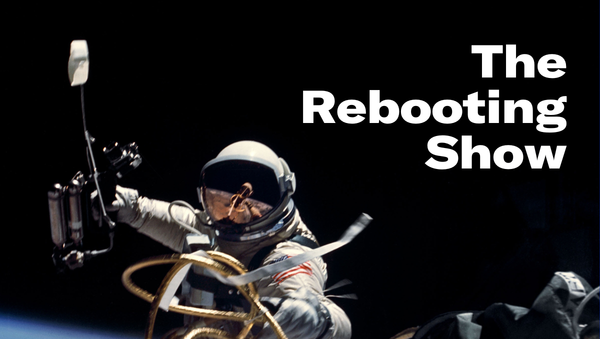The best brands are at intersections
Focus is key, but so too if finding different avenues that meet
Intersections are where two areas meet and create new dynamics. Some intersections are simple, others are very complex as all first-time visitors to Tokyo go to the Shibuya Crossing to observe the crazy scramble.
My bet is the most interesting new focused brands that will emerge will find their own intersections.




